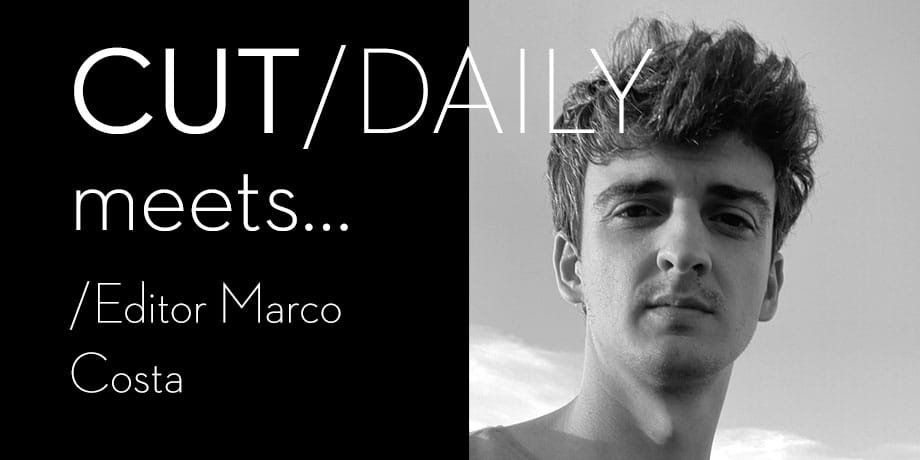#445 – Cut/daily Meets... Editor Marco Costa

Challengers has propelled editor Marco Costa to a heady 14 wins and 9 nominations for his work on the film.
It also marks his third feature collaboration (Challengers, Queer, Bones and All) with Director Luca Guadagnino, whom he got to know while editing an 8-part HBO series We Are Who We Are.
Marco's artistic sensibilities shine through even in his answers to my questions, but my favourite thing Marco shared is how much he likes to edit completely mute of sound to help him entirely focus on the cuts he's making.
I'll have to try that more often!
Plus he loves to edit on a Wacom Cintiq.
I hope you enjoy this installment of Cut/daily Meets... including some bonus questions.
The TWMT Top 20 Leaderboard is updated every week.
How did you prepare for Challengers?
I’m an occasional and very mediocre tennis player, but I enjoy playing, so when I read the script for Challengers, I felt a strong wave of enthusiasm wash over me. A film about tennis? I couldn’t wait to get my hands on it.
But then Luca immediately clarified:
“It’s not a film about tennis, it’s about people.”
This phrase stuck with me throughout the entire editing process and served as my guide.
It’s a film that delves into and explores relationships and dynamics, between appearances and hidden instincts that come to the surface. I like to think that Art, Patrick, and Tashi are in a continuous emotional flow, tossed back and forth by their emotions and reasons, just like a tennis ball on the court.
Before starting to edit Challengers, I chose not to watch any films about tennis, specifically to distance myself from the idea of a sports film, but I found great inspiration in Mike Nichols’ filmography.
For the tennis scenes, however, I always kept the film Cabaret in mind, because there’s a strong sense of dance behind the way Luca staged the protagonists' movements on the tennis court.
We started editing the film in Boston during the shooting and then finished the editing in Italy. I’m one of those few editors who love to use the Wacom Cintiq for editing. It gives me the feeling that I’m doing a handmade craft and that I’m drawing the story of our characters.
The final scene was definitely the one that required the most time to work on: the goal was to create a perfect symphony of editing, music, and sound design.
To achieve this, since we didn’t yet have the score, we edited the scene entirely mute, without sound or music, imagining in our minds the potential pulsing beats and the overwhelming sound of the rackets.
A choice that initially might have seemed risky, but we didn’t want to be influenced in any way by temp music.
